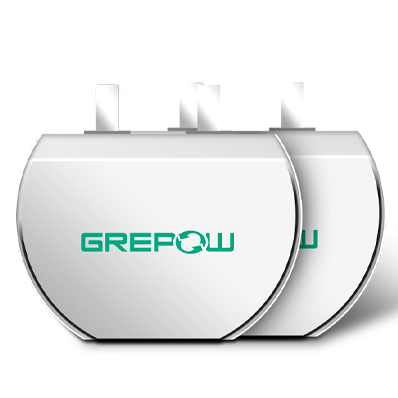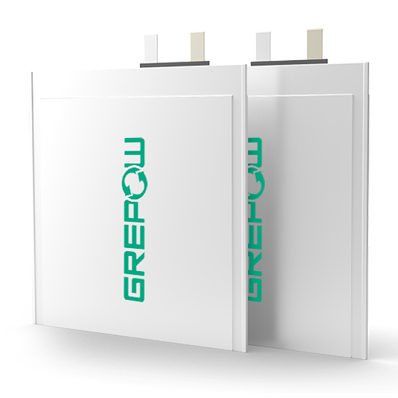Ultra-Thin Lithium Polymer Battery for Thinnest Application
As an important part of various electronic equipment, batteries are directly related to the overall performance of the product and market reputation. With the rapid development of electronic equipment technology, our requirements for batteries are getting higher and higher. The new generation of batteries will inevitably develop into ultra-thin and flexible, which has been fully reflected in wearable devices and RFID products. The thinnest battery that can be made now is a soft-pack lithium polymer battery. The performance parameters of ultra-thin batteries mainly include electromotive force, capacity, specific energy, and resistance. The electromotive force is equal to the work done by the non-static (chemical) force of the thin battery when the unit positive charge is moved from the negative electrode to the positive electrode through the interior of the ultra-thin battery.

The electromotive force depends on the chemical nature of the electrode material and has nothing to do with the size of the ultra-thin battery. The total charge that a thin battery can output is the capacity of the battery, which is usually measured in amp-hours. In the thin battery reaction, the electric energy generated by 1 kg of the reaction substance is called the theoretical specific energy of the ultra-thin battery. The actual specific energy of thin batteries is smaller than the theoretical specific energy. Because the reactants in the ultra-thin battery do not all follow the reaction of the thin battery, and the internal resistance of the thin battery also causes the electromotive force to drop, the thin battery with high specific energy is often referred to as a high-energy ultra-thin battery. The larger the area of an ultra-thin battery, the smaller its internal resistance.

The biggest feature of ultra-thin lithium polymer batteries is that the thickness of the entire battery is less than 1mm, which is as thin as paper and has a long cycle life and low self-power consumption. Over-charge, over-discharge, short circuit, acupuncture, thermal shock, the impact of heavy objects, no fire and no explosion in safety performance. The nominal voltage is 3.7V. According to the needs of customers, different size models can be designed and manufactured, which are widely used in thin products such as smart cards, credit cards, ultra-thin credit cards, RFID electronic tags, information cards, heating clothes, smart shoes, a smart belt, special, portable sensors, smart labels, micro speakers, medical equipment, tracking devices, and second-generation bank cards. GREPOW produces high-performance thin batteries for the applications. Our R&D team works closely with clients to provide the best solution for their batteries. Here are some of GREPOW ultra-thin battery:
| Model No. | Voltage (V) | C-rate | Capacity (mAh) | IR (mΩ) | Weight (g) | Thickness (mm) |
| GRP0849049-12A | 4.35 | 1C | 140 | ≤150 | 3.6±0.3 | 0.75 |
| GGP0449049-12A | 4.35 | 1C | 48 | ≤220 | 1.9±0.3 | 0.75 |
| GRP0849049-12A | 4.2 | 1C | 135 | ≤150 | 3.6±0.3 | 0.4 |
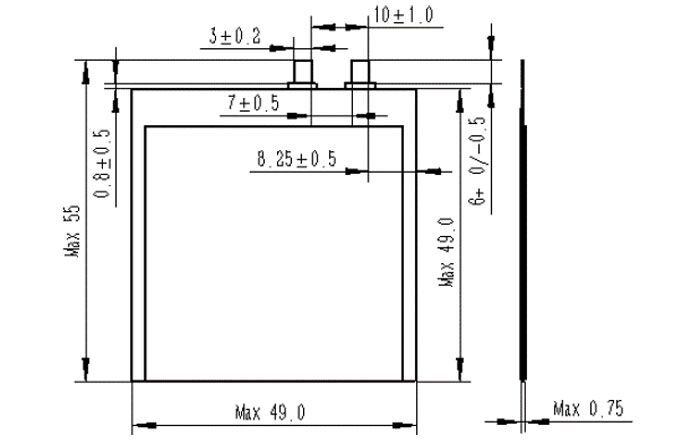
GRP0849049-12A
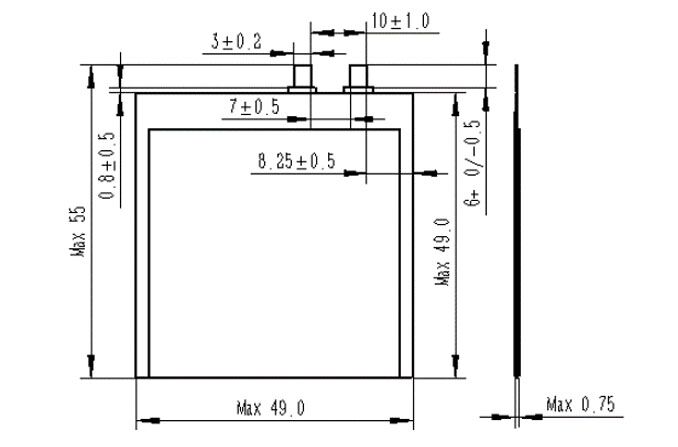
GGP0449049-12A
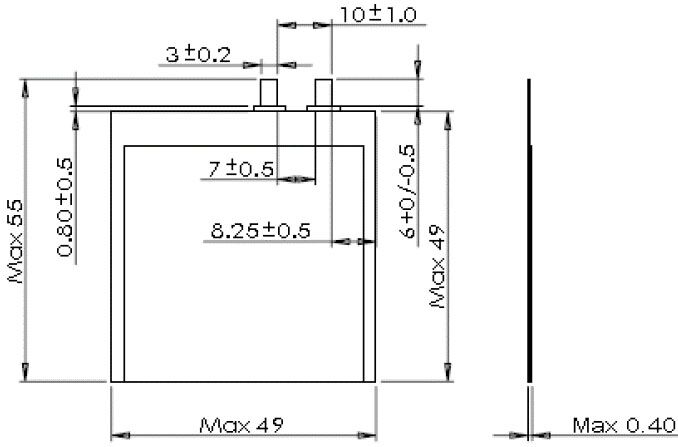
GRP0849049-12A
* Contact us for a complete thin battery list or customize your special thin battery!
Related Articles
-
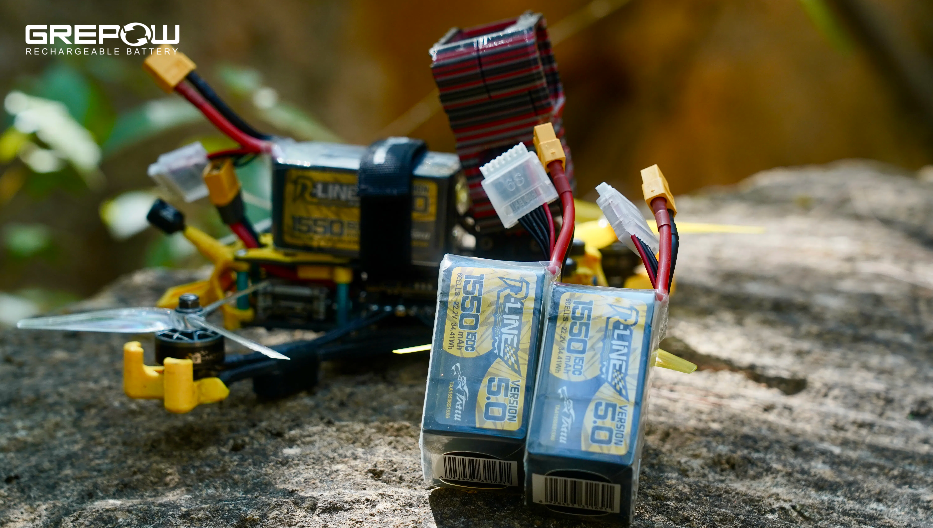
What Is a 7 Inch FPV Drone?
2025-04-15 -

Empowering Drone Training with Grepow’s Tailored Battery Solutions
2025-04-15 -
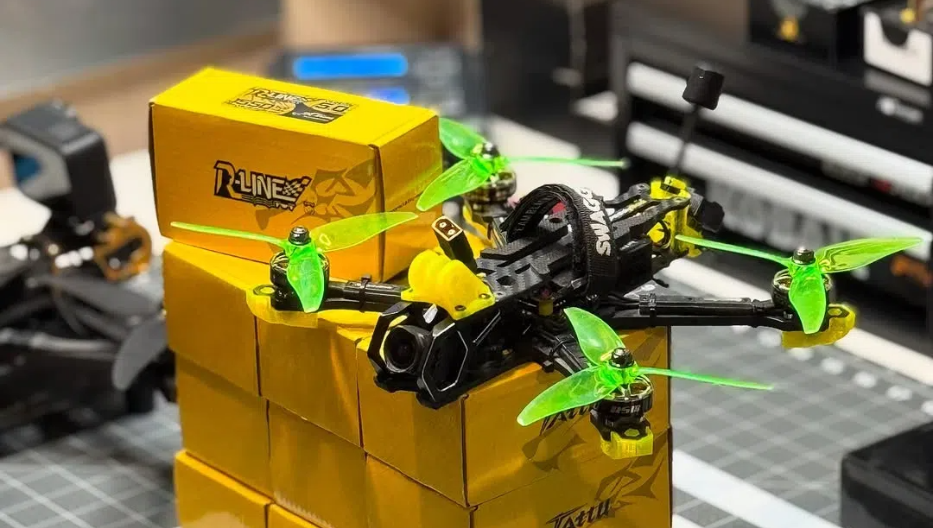
FPV Drone Types: All You Need to Know
2025-03-06















































